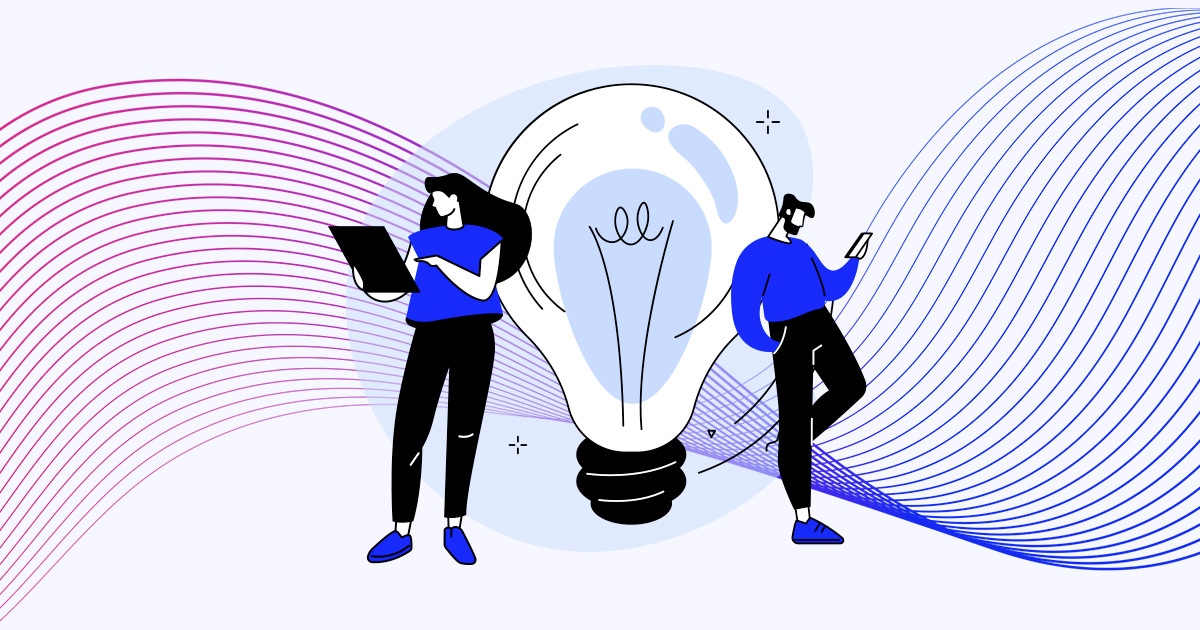5 AI strategies for organizational success
4 min read
| Published on
As AI tools become more embedded in daily workflows, leaders must go beyond technical implementation to ensure their strategies are ethical, inclusive, and human-centered. With AI able to process and summarize data quickly, the human competitive advantage is now in interpersonal relationships and collaboration — marking a shift from a “knowledge economy” to a “relationship economy.”
These five proven approaches are helping organizations prepare their workforces for the future, foster trust, and build resilient systems that reflect the values of the people they serve.
1. Make humans central to AI builds.
AI design should be “human-centric by default,” says Aisha Tahirkheli, Managing Director, Trusted AI, KPMG. “AI should fit into human workflows, not the other way around,” she says. She explains that organizations must “prioritize human needs; understand what we are trying to achieve and bring that to the forefront” while involving cross-functional stakeholders and users in design decisions.
To truly center humans in AI design, organizations must also confront systemic biases embedded in datasets and development teams.
2. Value soft skills.
As AI proliferates, it is increasing the value of interpersonal skills that AI cannot replicate like critical thinking, creativity, trust, and collaboration. “Let’s stop talking about all these skills as soft but rather as actually critical to the better future we all want,” says Angela Plohman, Chief Operating Officer, Mozilla Foundation.
Tahirkheli predicts that empathetic communication is a human skill that’s going to become more valuable as AI continues to evolve. She points to how Duolingo has built empathy into their algorithmic design: “They could have just built an app that marks an answer wrong but instead they chose an encouraging communication style and tone. It’s a small touch but it keeps people learning instead of quitting.”
3. Enable adaptability.
Managers who can effectively and flexibly respond to new situations and information set their teams and organizations up for success. Catalyst research finds that adaptability can be learned, and one way to empower this skill is “leveraging an agile style approach to your work and your AI programs — things like running agile stand ups to foster innovation, encourage fast learning, and learning from failure to continuously improve,” Tahirkheli says.
Other examples include using the “start-stop-continue" method to normalize change, experimentation, and reflection on dynamics and outcomes. Two examples from KPMG include: KPMG’s change champions, who are designated internal AI advocates who model adaptability, mentor peers, and help crowdsource ideas, and its AI Data Center of Excellence that helps drive a culture of innovation across the organization.
4. Invest in AI literacy.
“We can’t influence what we don’t understand,” Tahirkheli says. She recommends that employees experiment with AI tools and that companies have “formal role-based AI literacy programs for the entire organization and mandatory AI training for all professionals.”
She underscores the importance of transparency as a means to build trust and drive adoption: “That means understanding how AI systems are being used in the workplace, how they work, and what data they are being trained on.”
Maria Axente, Founder and CEO, Responsible Intelligence, suggests that organizations “develop reverse mentorship schemes that match senior leaders with digital natives and let them create a safe space to share their experience—you’ll see magic happen.”
5. Prep for the shift from execution to orchestration.
Organizations must understand future workflows and identify and support the skills needed to interact with AI and become what Tahirkheli calls “agent bosses.” She says, “The role of humans will shift from execution to orchestration — guiding intelligence systems to achieve outcomes with precision, empathy, and ethical oversight.”
And AI oversight is necessary: “It always needs that human companionship to be able to analyze if it’s reflecting what we’re trying to say or do,” Plohman says.
Axente cautions organizations to broaden their focus beyond upskilling: “Think big picture instead of focusing on the next incremental improvement, the next productivity gains, the next skills. If you do, you’re missing the point that AI comes with a lot of promise of disruption for the better.”
Next steps
For deeper AI insights, Catalyst Supporter organizations can access the recording of the webinar AI and the future of work: thriving in the relationship economy.